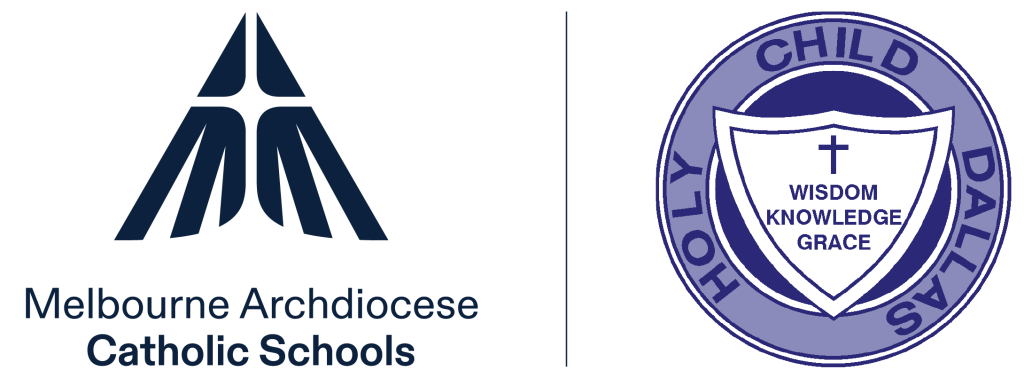| 1. | Culturally safe environments – Organisations establish a culturally safe environment in which the diverse and unique identities and experiences of Aboriginal children and young people are respected and valued. |
| 2. | Leadership, governance and culture – Child safety and wellbeing is embedded in organisational leadership, governance and culture. |
| 3. | Child and student empowerment – Children and young people are empowered about their rights, participate in decisions affecting them and are taken seriously. |
| 4. | Family engagement – Families and communities are informed, and involved in promoting child safety and wellbeing. |
| 5. | Diversity and equity – Equity is upheld and diverse needs respected in policy and practice. |
| 6. | Suitable staff and volunteers – People working with children and young people are suitable and supported to reflect child safety and wellbeing values in practice. |
| 7. | Complaints processes – Processes for complaints and concerns are child focused. |
| 8. | Child safety knowledge, skills and awareness – Staff and volunteers are equipped with the knowledge, skills and awareness to keep children and young people safe through ongoing education and training. |
| 9. | Child safety in physical and online environments – Physical and online environments promote safety and wellbeing while minimising the opportunity for children and young people to be harmed. |
| 10. | Review of child safety practices – Implementation of the Child Safe Standards is regularly reviewed and improved. |
| 11. | Implementation of child safety practices – Policies and procedures document how the organisation is safe for children and young people. |

